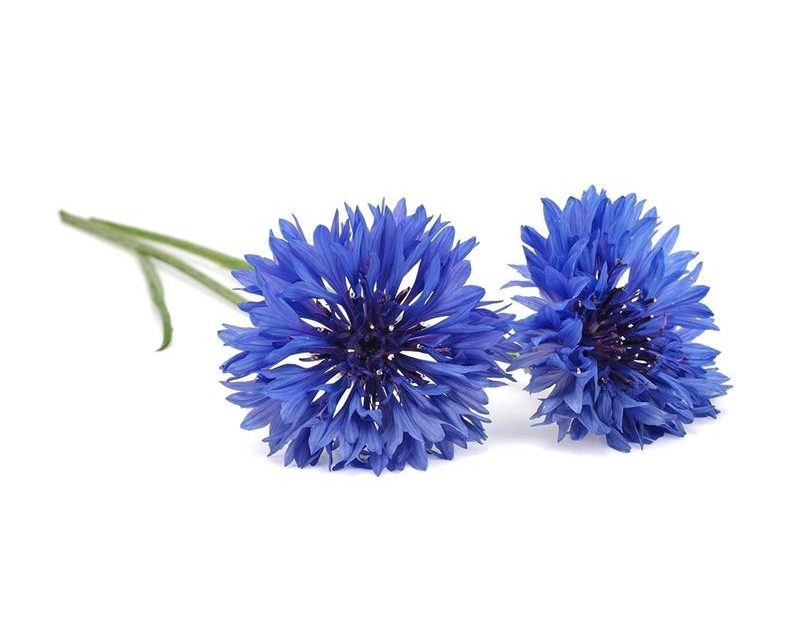Cornflower is an annual flower that is commonly found in gardens and flower boxes. It is also a popular cut flower and is frequently used in floral arrangements.
Cornflower photos:

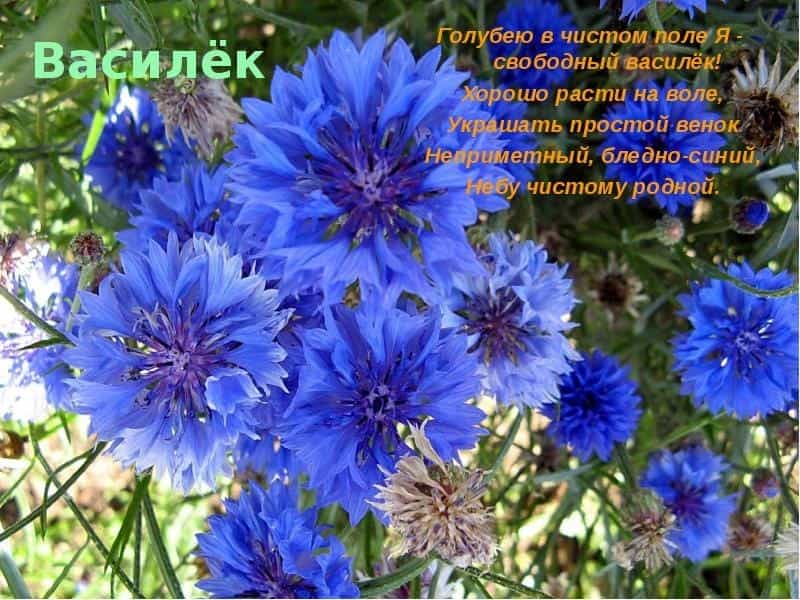

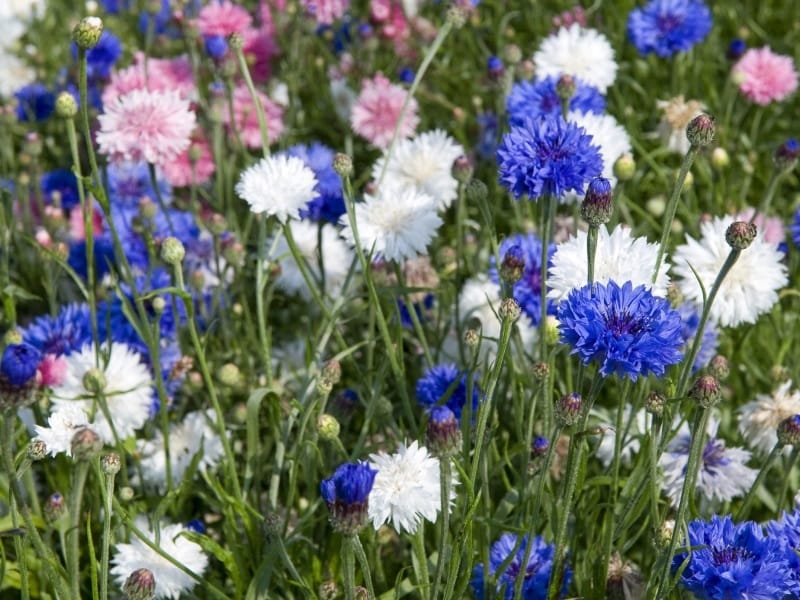
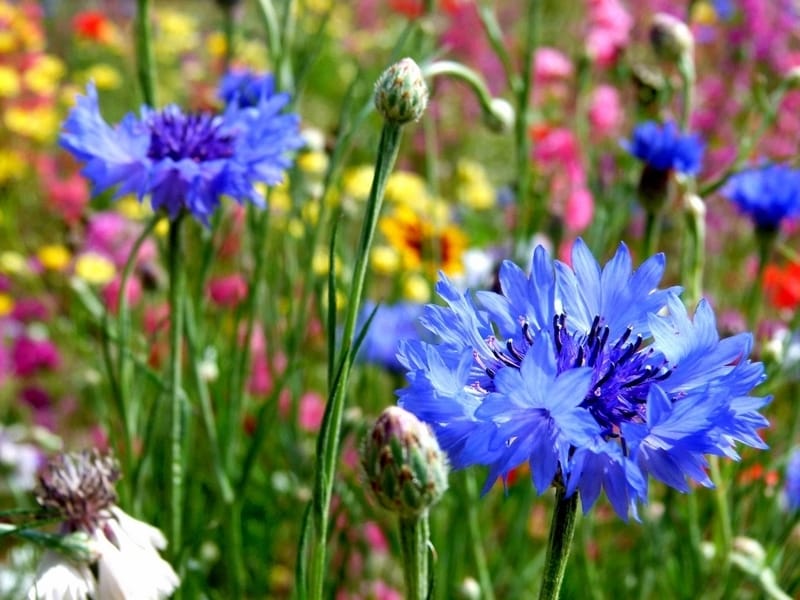
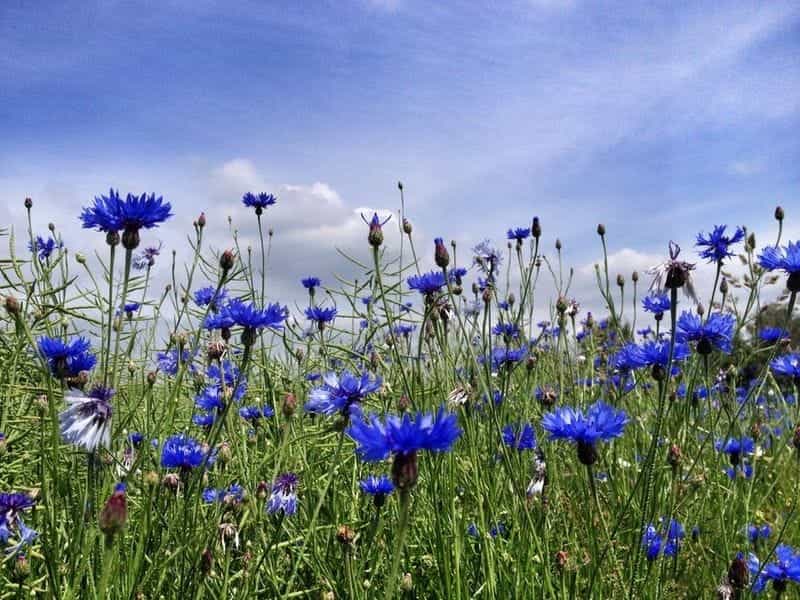
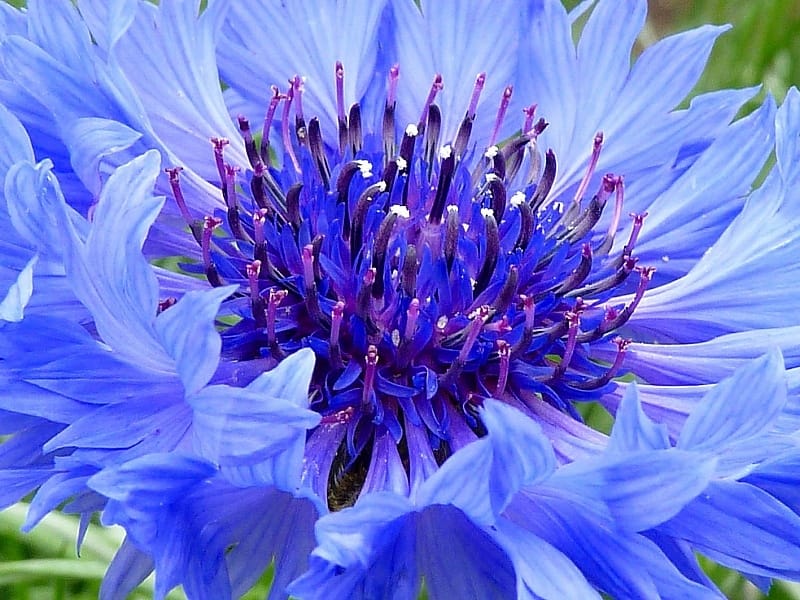
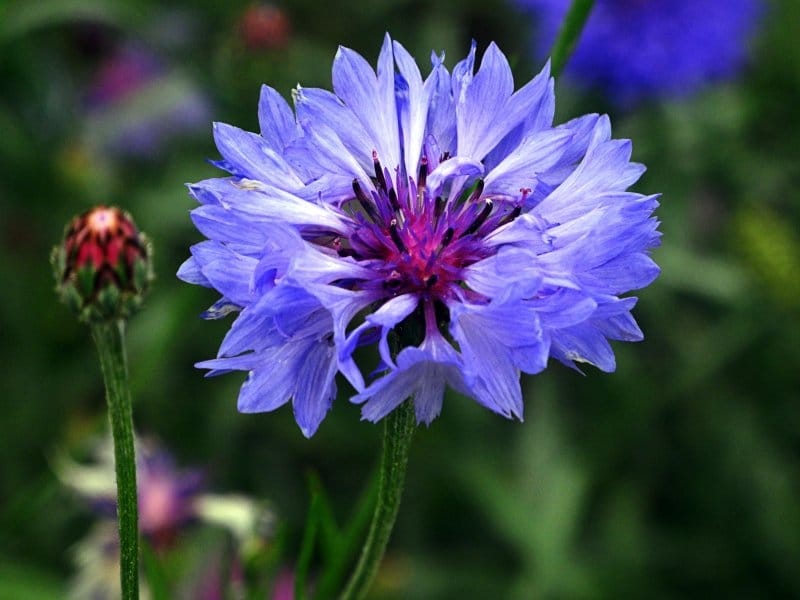
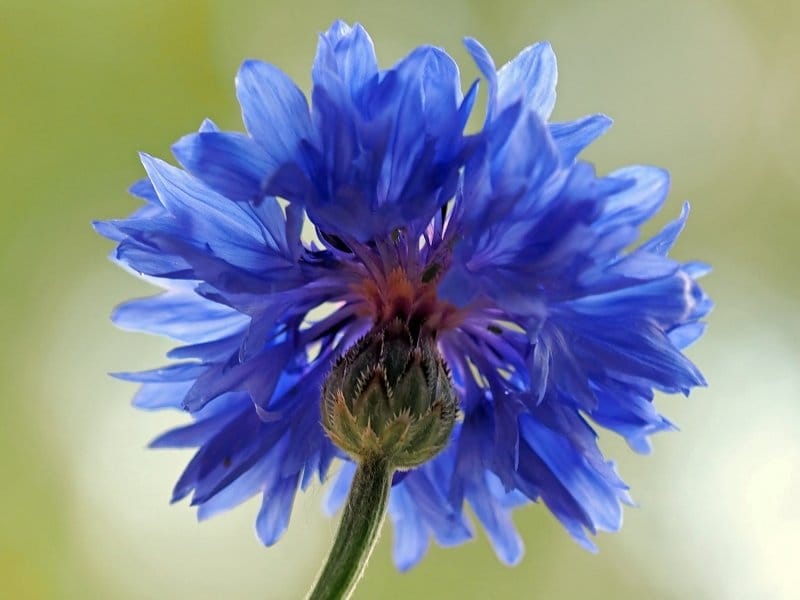
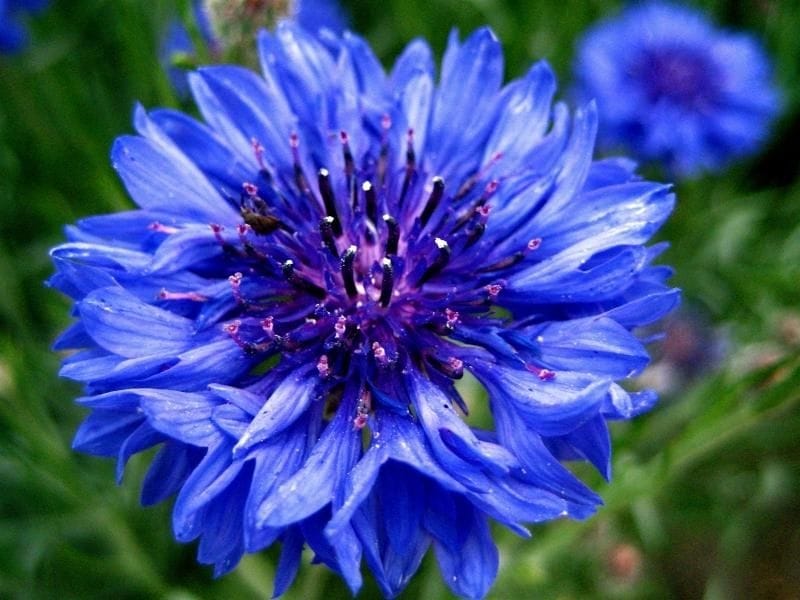
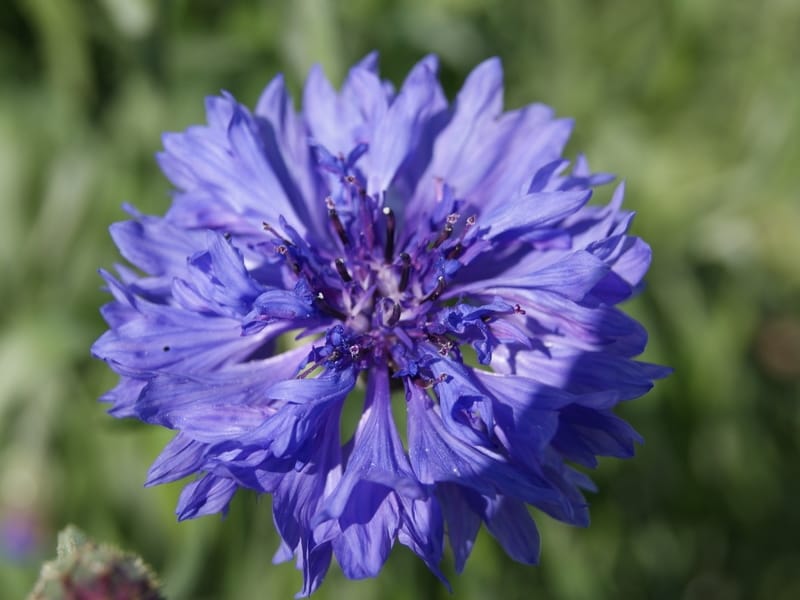
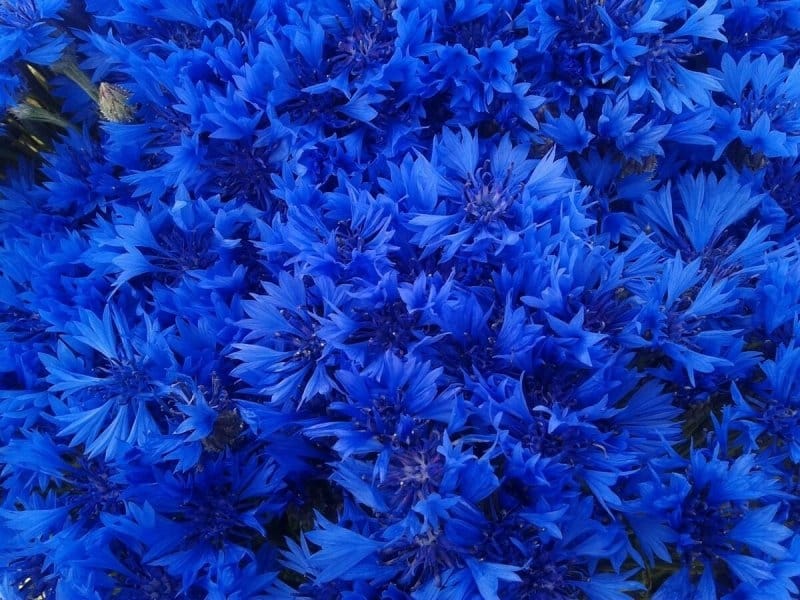
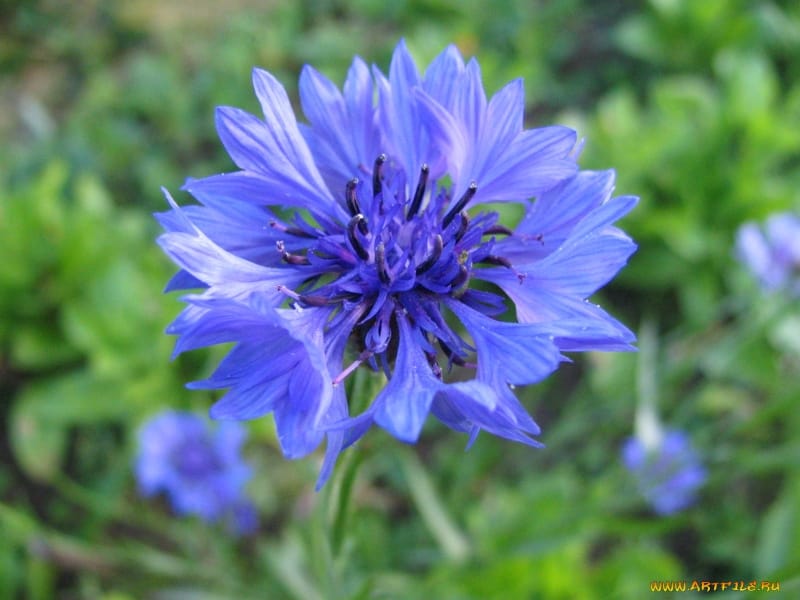

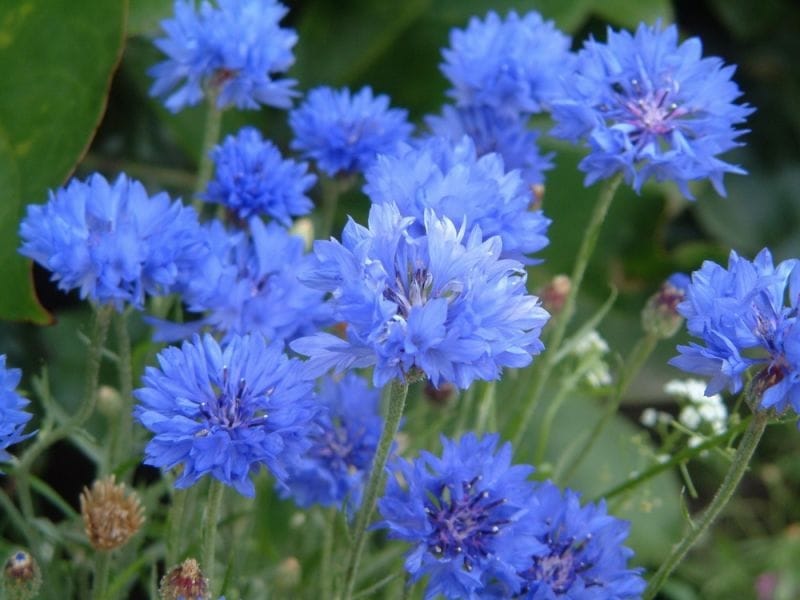
Color
Cornflower has a vibrant and glaring blue-purple color that belies its true delight—it’s very diverse! Its hue changes depending on exposure to light and soil type, making it possible to find cornflowers in shades from white to royal blue.
Uses
Cornflower is often used for its ornamental properties. It adds color, texture, and depth to any landscape or garden. It is also used as a cut flower and a decor element in floral arrangements. Additionally, it can be used in a wide range of crafts and home décor projects.
Benefits
Cornflower has a myriad of medicinal and health benefits, making it a popular ingredient in many herbal remedies. It is known to contain anti-inflammatory and antioxidant compounds that can help improve skin health, reduce inflammation, and lower the risk of heart disease and stroke. Additionally, its flowers can be used to make a tea that can help relieve insomnia and other sleep-related issues.
Toxicity
Cornflower is generally safe to grow and handle, but ingesting large amounts of the plant may lead to negative side effects. Its ingestion may cause allergic reactions, vomiting, and even seizures. Additionally, the pollen from the flowers may trigger hay fever in some people. Therefore, it is recommended to handle the cornflower with caution and only consume it as directed by a healthcare professional.
